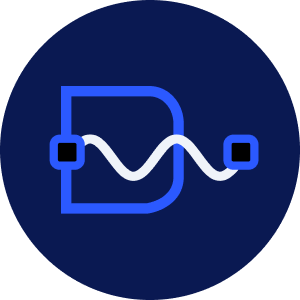Minerva: The Next Frontier in AI-Powered Quantitative Reasoning
Minerva stands as a testament to the advancements in artificial intelligence. Originated by Google AI, this model isn't just another language model. It signifies a leap in quantitative reasoning capabilities, promising a future where complex mathematical problems could be solved with unparalleled efficiency.
Technical Details
Minerva is built upon the robust foundation of the Pathways Language Model (PaLM) and has been further refined through extensive training on a 118GB dataset. This dataset is a compilation of scientific papers from the arXiv preprint server and web content abundant in mathematical expressions, utilizing formats such as LaTeX and MathJax. This advanced training enables Minerva to tackle a wide array of mathematical challenges, from equation solving to theorem proving.
Capabilities
- Equation and Inequality Resolutions Minerva can solve mathematical equations and inequalities, which are fundamental problems in mathematics. This involves finding the values of variables that satisfy the given mathematical statements.
- Expression Simplification The model has the ability to take complex mathematical expressions and simplify them into a more manageable form, making it easier to understand and solve them.
- Calculating Derivatives and Integrals Minerva can perform calculus operations such as finding derivatives, which measure rates of change, and integrals, which calculate the area under curves. These are essential tools in many fields of science and engineering.
- Proving Intricate Mathematical Theorems The model can engage in higher-level mathematical reasoning, such as proving theorems, which are statements that have been shown to be true through a structured process of logical deduction.
- Fielding Queries on Scientific Concepts Minerva is capable of understanding and responding to questions about scientific concepts, which suggests a broader understanding beyond just numerical data and equations.
Limitations
Despite its advancements, Minerva is not without its limitations. As an AI model, its knowledge is static and limited to its training data, which may not include the most recent developments. Additionally, the implementation costs and the potential for AI-generated inaccuracies ("hallucinations") are challenges that users and developers must navigate.
Use Cases
- Educational Support Minerva can be used as a tool to assist students and educators in solving complex mathematical problems, potentially transforming how mathematics is taught and learned by providing interactive, step-by-step problem-solving guidance.
- Scientific Research Researchers can leverage Minerva's capabilities to solve mathematical problems related to their work, which can be particularly useful in fields that require extensive quantitative analysis, such as physics or engineering.
- AI Development Minerva's advanced quantitative reasoning can contribute to the development of more sophisticated AI systems. Its ability to process and simplify complex problems can be integrated into other AI applications to enhance their problem-solving capabilities.
Minerva represents a stride towards the goal of creating generalized AI models proficient in quantitative reasoning. While it is not yet publicly accessible, the anticipation for its release is high, with the potential to revolutionize how we approach learning and problem-solving in the field of AI. For a deeper understanding of Minerva and to explore additional samples, the interactive sample explorer and official documentation are invaluable resources.
Got questions? We’ve got answers!
Is Google Minerva open source?
Which AI tool is used to solve quant questions?
Is Minerva free?



